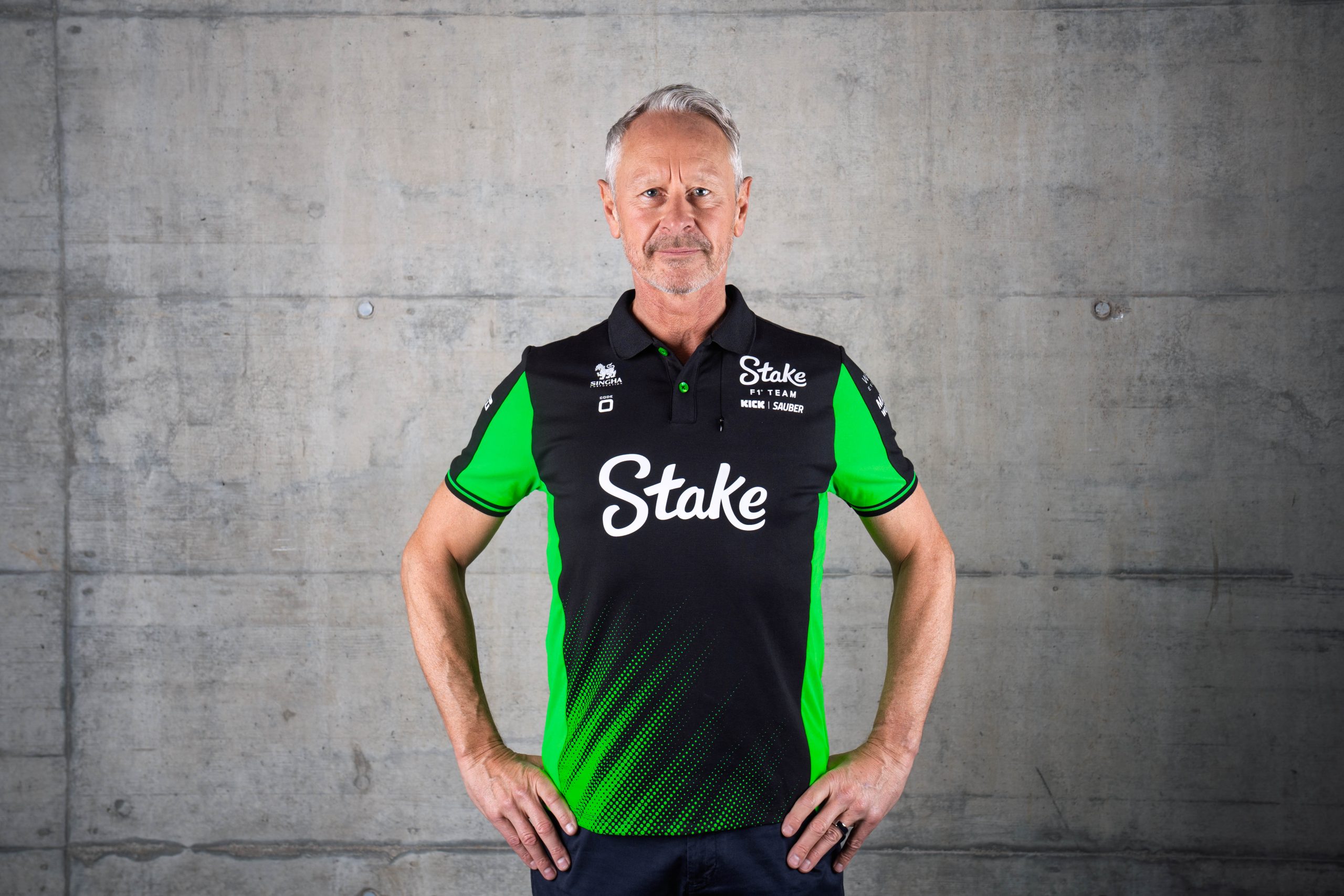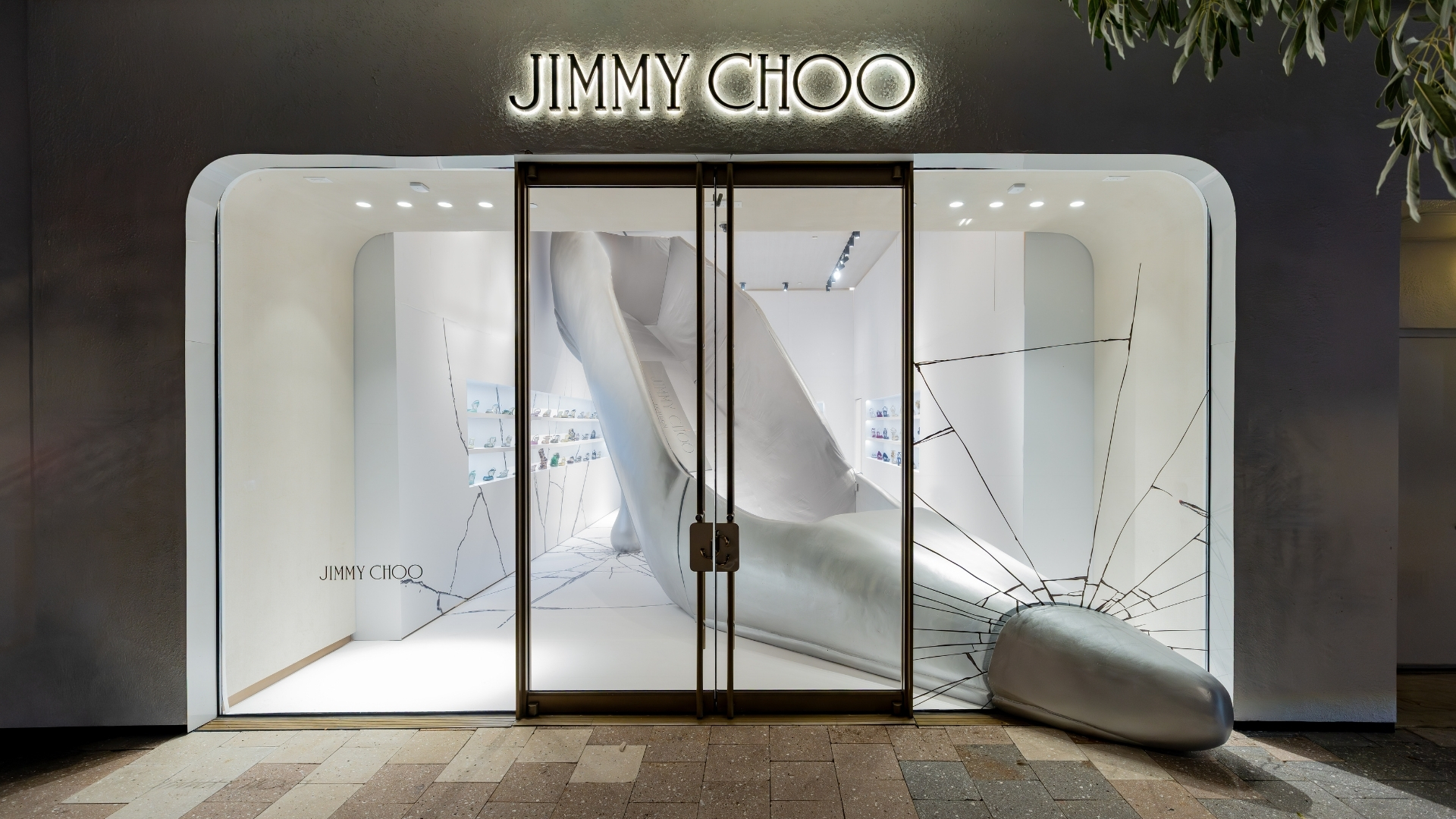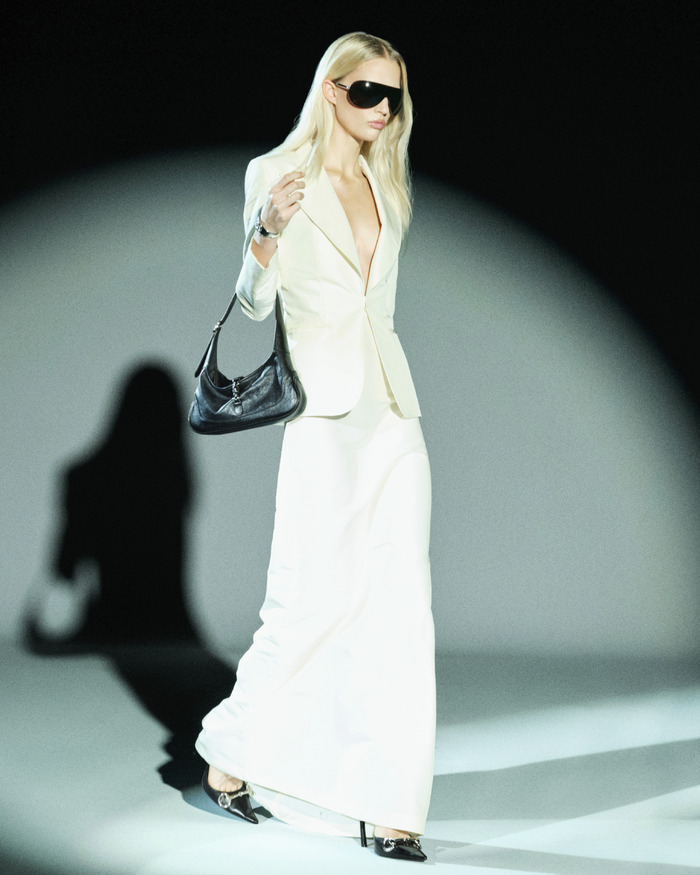In the Genes: Diana Widmaier Picasso Studies the Life & Love of Her Grandfather, Pablo Picasso
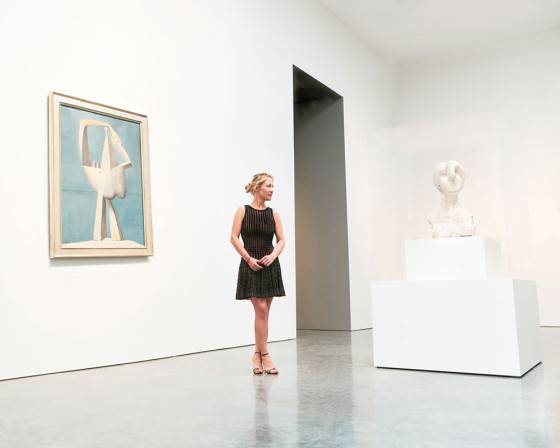
At the age of 17, Diana Widmaier Picasso fell in love. Not with a person, but with but with a moment in time. Well, several thousand moments to be exact. “I took art classes and fell in love with the Renaissance and 17th century,” explains the 40-year-old granddaughter of Pablo Picasso and his storied muse, Marie-Thérèse Walter. “I would spend hours making copies of Old Masters in museums and in my studio. Learning how to paint meant learning how to draw. By copying Old Master drawings, I became fascinated by their beauty and simplicity.”
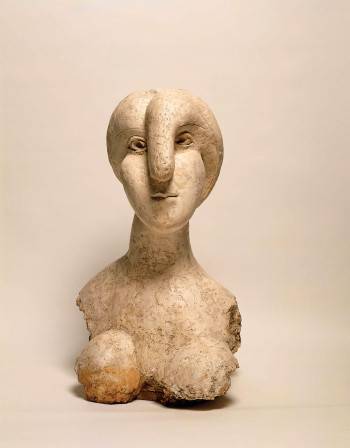
After receiving her master’s degree in both private law and art history with the goal of becoming an auctioneer, Widmaier Picasso decided to switch gears and seek out her long lost love. Following stints at several top museums including the Metropolitan Museum of Art, the Ecole des Beaux-Arts, and the Frits Lugt Institute, she joined Sotheby’s in London as an expert in Old Master drawings.
In 2003, Widmaier Picasso began a new artistic undertaking, one that has kept her occupied for more than a decade since. Along with a team of researchers, she has created a catalogue raisonné of sculptures by Picasso. And like her grandfather, she too has trouble picking a favorite piece. “My grandfather put it so well when he was asked the same question: everything is about the intention. You have to understand the circumstances in which the work of art was produced,” she states. “I certainly love the monumental sculpture in plaster representing Marie-Thérèse. Not only is it a timeless masterpiece by the multiple references to antique sculpture, but it also shows you what the portrait really is about—a projection of yourself in the other person’s body when passionate love is involved… a fascinating lost of identities. I also love the colorful painting of Marie-Thérèse, which I chose to put on the catalogue’s cover of the exhibition I co-curated with John Richardson at Gagosian Gallery in New York in 2011.”
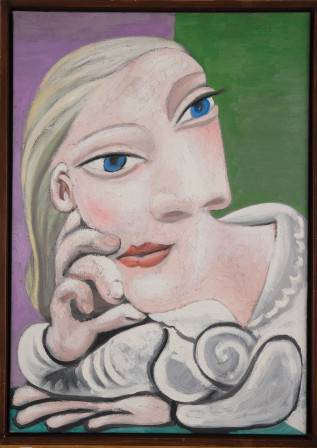
By performing such thorough research of her grandfather’s art, Widmaier Picasso continues to remain surprised by her findings, and even more, by the things she learns about Picasso himself. “I realize that anyone can be an artist,” she admits. “Freedom, curiosity and hard work are key factors. I have also learned the reason why Picasso brings every technique to another level in painting, collage, sculpture and printmaking is that he seems to be constantly starving to learn new experiences and to reinvent himself.”
Perhaps it was this urge that propelled 45-year-old Picasso to enter into a relationship with 17-year-old Marie-Thérèse. “She represented the classical beauty he had envisioned in his art a few years before they actually met,” Widmaier Picasso reveals. “This might explain the reason why he stopped her in the street in January 1927. He said to her, ‘I would like to do your portrait… you and I are going to do great things together!’”
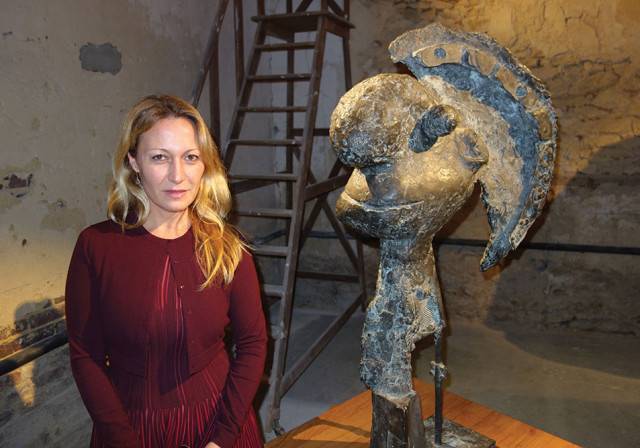
By studying her grandfather’s work, Widmaier Picasso has been able to learn about her grandparents’ relationship, one that she considers “the most erotic of his life.” “My grandmother’s personality played an important role in his art,” she says. “This physicality was an important part of their loving relationship.” One that she plans to highlight in the 2015 exhibition she’s currently preparing on the legacy of Picasso in contemporary art at the Centre Pompidou in Paris.
When Widmaier Picasso isn’t hard at work upholding her grandfather’s legacy, she likes to travel to various art fairs around the world, especially Art Basel, to get a better grasp of the contemporary art market. But when she’s at home in NYC, her museum of choice is the Metropolitan Museum of Art. “It gives us the best understanding of humanity by displaying treasures from so many civilizations,” she reveals. “I also love MoMA PS1, which has a great program of contemporary artists.”

